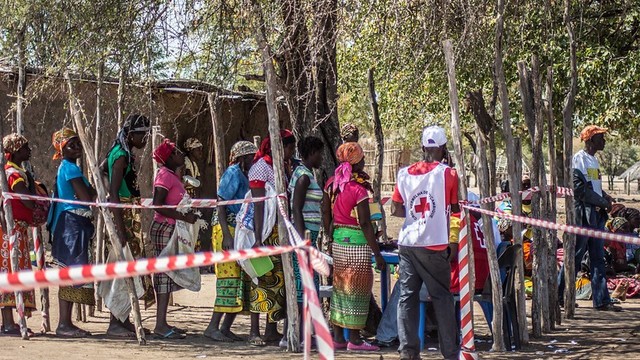Exploring how climate change interventions can work best to deliver more than the sum of their parts
Public sector planning plays a key role in making regions and countries resilient to climate change. But tackling climate change’s huge potential impacts will stretch limited public sector resources to the limit. With partners we are exploring how to use sequence and synchrony to make climate change planning, and public sector interventions, most effective — to help them deliver ‘more than the sum of their parts’.

Intercropped banana and coffee in Rwanda. As with agriculture, cultivating the right mix of interventions will be crucial when adapting to climate change. (Photo: Neil Palmer (CIAT). CC BY-SA 2.0)
IIED is collaborating with public, private and civic organisations in Ethiopia and Rwanda in an ‘action learning’ programme (learning by doing) to support such public sector planning and interventions. We are exploring whether ensuring government climate change interventions work in sequence (ie the outcomes of one lead into another, and are co-ordinated across sectors), and policy objectives and instruments also work in synchrony, can deliver more results.
This project, which runs until 2015, will compare country case studies. Both Ethiopia and Rwanda have recently prepared national climate change policies and are designing policy instruments to support these. A third country case study may also be added.
The aim is to produce a methodology or framework that focuses on these ideas of sequence and synchrony to help countries get the most from climate resilient planning.
We will also be researching how other public policy and development priorities have used the ideas of sequence and synchrony to achieve their aims, and publishing the results as an evidence paper.



